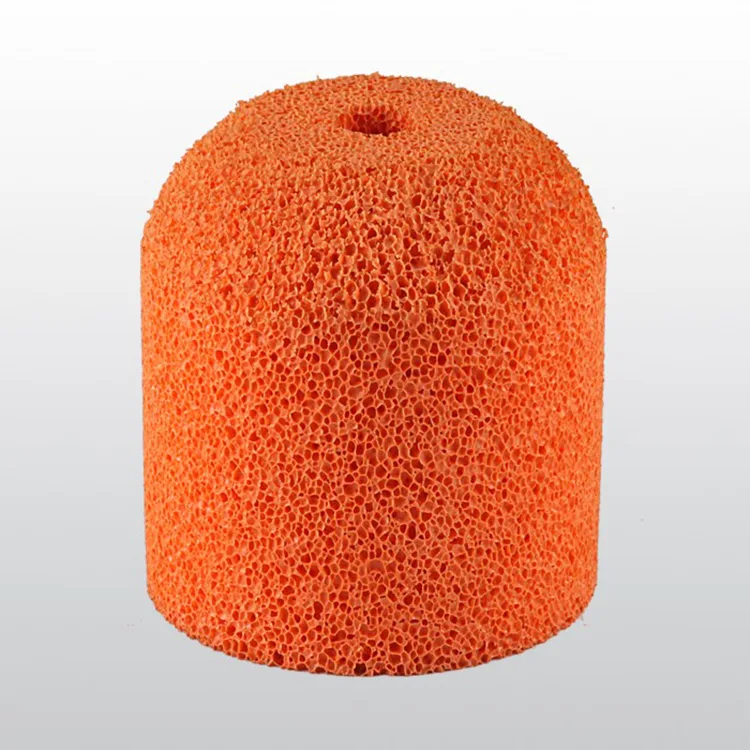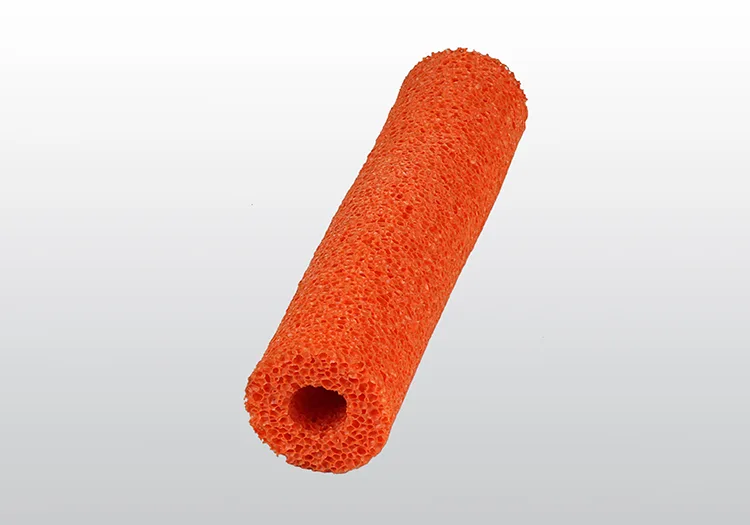I. Introduction
In many labeling operations, sponge rollers quietly determine the success or failure of the entire process. Yet, their maintenance is often overlooked—until problems arise. Neglected sponge rollers can cause label misalignment, poor adhesion, or even machine damage due to slipping or adhesive build-up.
This guide is for labeling machine operators, production engineers, and purchasing teams who want to keep their sponge rollers performing at their best. By understanding when to replace a roller and how to maintain it properly, you’ll avoid downtime, reduce material waste, and extend roller service life.
Let’s break down the telltale signs of roller fatigue—and what you can do to keep yours running longer.
II. Why Maintenance Matters
Sponge rollers play a critical role in ensuring smooth, accurate label application. A clean, elastic roller maintains proper pressure, which results in:
- Precise label placement without wrinkles or air bubbles
- Stable machine operation with fewer interruptions
- Consistent product appearance, which reflects on your brand quality
Beyond performance, there’s the financial side. Well-maintained rollers last longer and prevent costly label waste or emergency replacements. Taking care of your rollers is a small investment that pays off in uptime and quality assurance.
III. Signs Your Sponge Roller Needs Replacement
1. Visible Wear or Deformation
Check for surface damage like cracking, fraying, or flattening. If the roller has lost its cylindrical shape or shows uneven wear, it may not rotate or press labels correctly.
2. Reduced Labeling Precision
If your labels are suddenly misaligned, wrinkled, or bubbling, don’t blame the labeling head first—start by checking the roller. Uneven pressure and transfer issues often originate here.
3. Unusual Sounds or Vibration
A vibrating roller or unexpected noise during operation can point to imbalance or internal wear. This should be addressed immediately to avoid machine damage.
4. Sponge Hardening or Loss of Elasticity
Over time, sponge materials can stiffen, especially if exposed to heat or solvents. When this happens, they lose their ability to compress evenly, resulting in poor label contact.
“If a roller no longer springs back after pressure, it’s no longer doing its job.”
IV. Best Practices to Extend Roller Lifespan
1. Regular Cleaning
Residue from adhesives or dust buildup can degrade roller performance. Use a non-abrasive cloth and a mild detergent or water-based cleaner. Avoid alcohol or solvents unless your roller material—such as silicone—is solvent-resistant.
2. Proper Storage
Store rollers in a cool, dry place away from direct sunlight. Avoid stacking them or placing heavy objects on top that could compress or deform the surface.
3. Match Use to Environment
Ensure you’re using the right sponge roller material for your machine speed and labeling conditions. PU foam handles higher speeds better than natural rubber, while silicone sponges resist heat and chemicals.
4. Scheduled Inspections
Set a weekly or monthly maintenance routine. Perform visual inspections for damage and use calipers to measure roller diameter—any significant wear may impact performance.
5. Rotation Strategy for Heavy Use
In high-throughput lines, rotating rollers between machines or production shifts helps distribute wear. Always keep backup rollers in stock for rapid replacement during peak production.
“A $30 spare can save a $3,000 machine from unplanned downtime.”
V. How Long Do Sponge Rollers Typically Last?
There’s no one-size-fits-all answer, but most sponge rollers last between 3 to 12 months. The range depends on several factors:
- Material type: PU foam usually lasts longer than natural sponge, while silicone outperforms both in high-temperature or chemical-rich environments
- Operating environment: High humidity, dust, and chemical exposure can shorten service life
- Usage level: Rollers used in light-duty, low-speed lines may last a year or more; in high-speed industrial settings, replacement every 3–6 months is more realistic
Always follow the manufacturer’s guidance and track real-world performance to set realistic maintenance intervals.
VI. Conclusion
Proactive sponge roller maintenance isn’t just about extending lifespan—it’s about ensuring your entire labeling process runs smoothly and consistently. Whether you’re operating one machine or managing multiple lines, integrating roller care into your standard operating procedures can prevent costly errors and downtime.
At Kinsoe, we support your production goals by offering custom sponge rollers, spare parts, and application-specific advice. Our engineering team is ready to help you select materials tailored to your machine’s speed and environment.
Need help selecting a longer-lasting sponge roller? Contact us.


